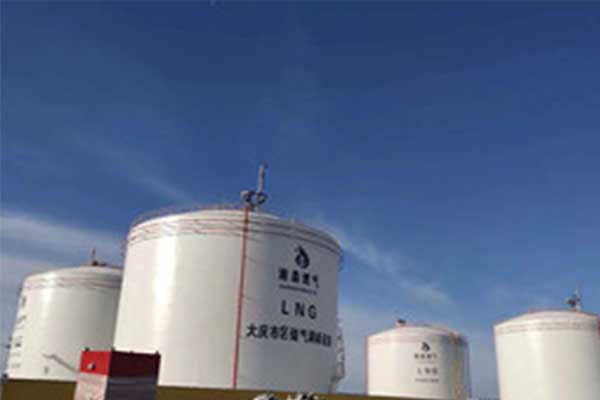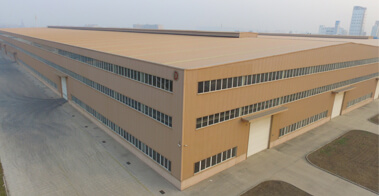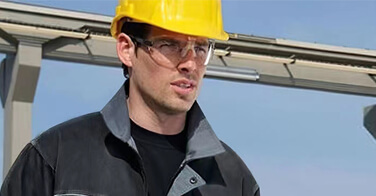Atmospheric gas storage tanks are containers used for storing liquefied natural gas (LNG) and liquefied petroleum gas (LPG) respectively at atmospheric pressure.
LNG and LPG are both highly flammable and explosive gases, so their safe storage and transportation is critical. Atmospheric storage tanks are designed to provide safe and reliable storage for these gases. These tanks are typically made of steel or aluminum and equipped with safety features such as pressure relief valves, temperature gauges, and level indicators.
Atmospheric storage tanks are designed to store gases in their liquid state at ambient pressure, meaning that the pressure inside the tank is equal to the pressure outside of it. This makes it easier to store and transport LNG and LPG, as there is no need for complex pressure control systems.
However, it is important to note that even with atmospheric storage, safety protocols must be followed. These include proper ventilation, fire prevention measures, and regular safety inspections and maintenance. If any leaks or safety issues arise, they must be promptly addressed to ensure the safety of personnel and the environment.
Structural Characteristics:
The LNG and LPG atmospheric storage tanks are typically designed in a vertical cylindrical shape with double-wall construction, a flat bottom, and a dome roof (for tanks ranging from 200-50,000m³). Tanks larger than 6,000m³ are designed with a floating roof (self-supporting suspended ceiling).
The tanks are insulated with a powder-accumulation double-wall construction to ensure optimal insulation.
The tanks are designed in a high-platform form.
System Process:
-
Purging system
-
Liquid inlet system
-
Liquid discharge system (external and submerged types)
-
Pump-back system
-
Interstitial nitrogen supply system
-
Liquid level and pressure measurement system
-
Temperature measurement system
-
Gas emission system
-
BOG pipeline system
-
Analysis and sampling system
-
Safety system
-
Pressure-stabilizing system
-
Fire-fighting system
Design, Manufacturing, and Acceptance Standards for Gas Storage Tanks:
-
European Standard BSEN14620 "Design and manufacture of vertical, cylindrical, flat-bottomed storage tanks operating at temperatures between 0°C and -165°C for cooling liquids."
-
JB/T9077-1999 "Powder Insulation Ordinary Storage Tank."
-
JB/T4735-1997 "Welded Steel Atmospheric Pressure Vessels."
-
American Standard API620 "Design and Construction of Large Welded Low-Pressure Storage Tanks."
-
JB/T4730-2005 "Non-Destructive Testing for Pumping and Pressure Equipment."
-
GB50128-2005 "Construction and Acceptance Specification for Welded Steel Vertical Cylindrical Storage Tanks."
-
GB/T20368-2006 "Liquefied Natural Gas (LNG) Production, Storage, and Transportation."







